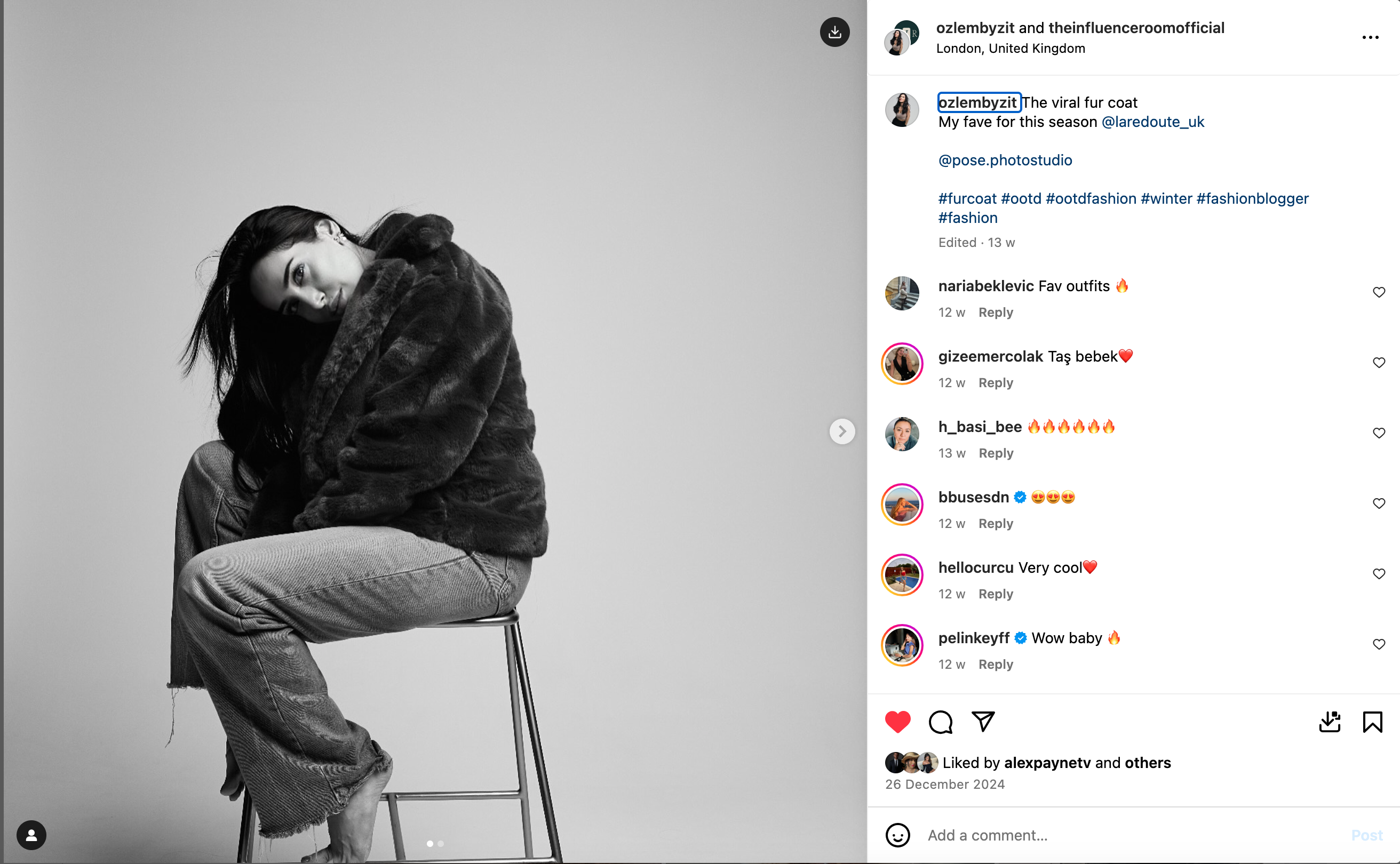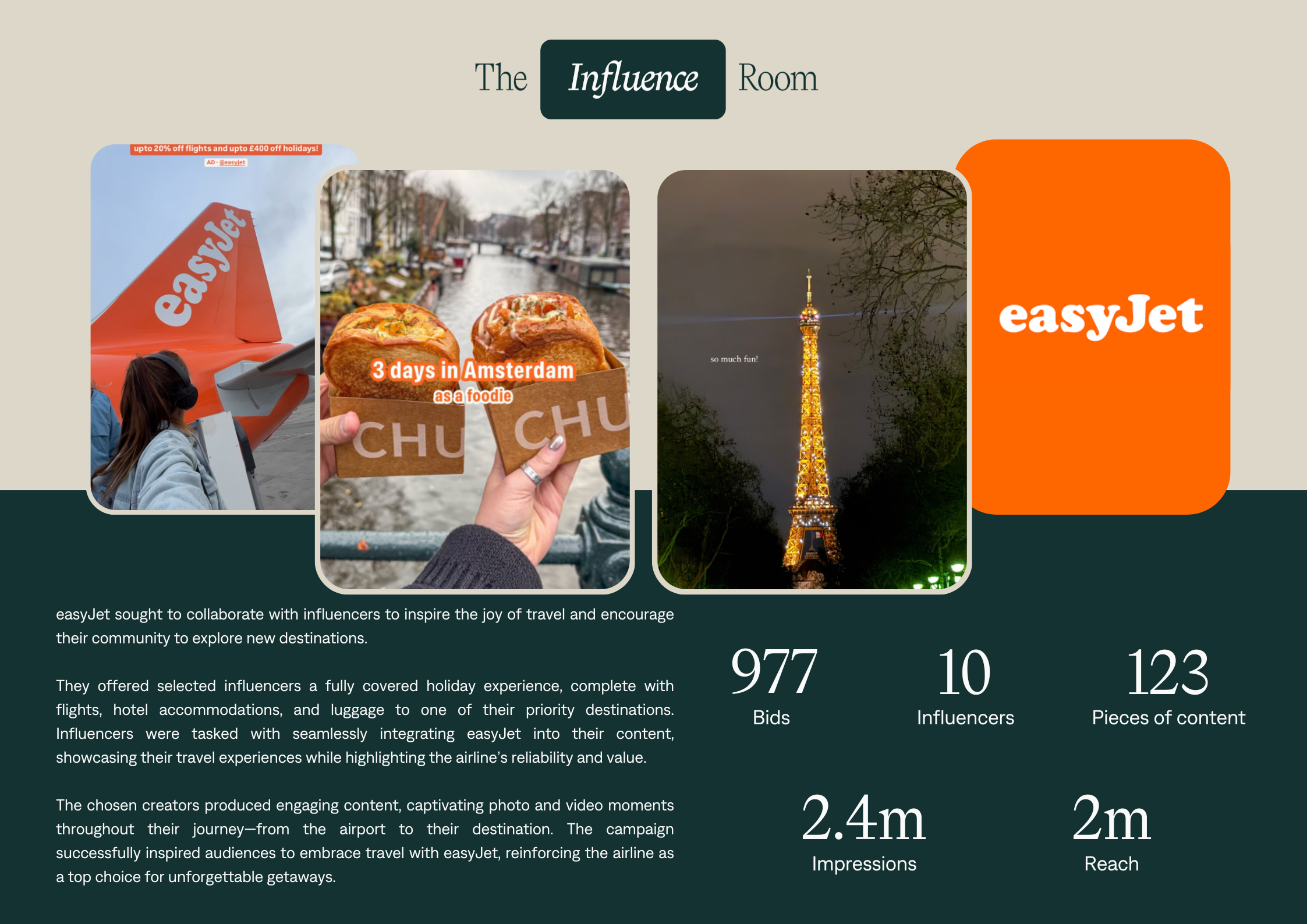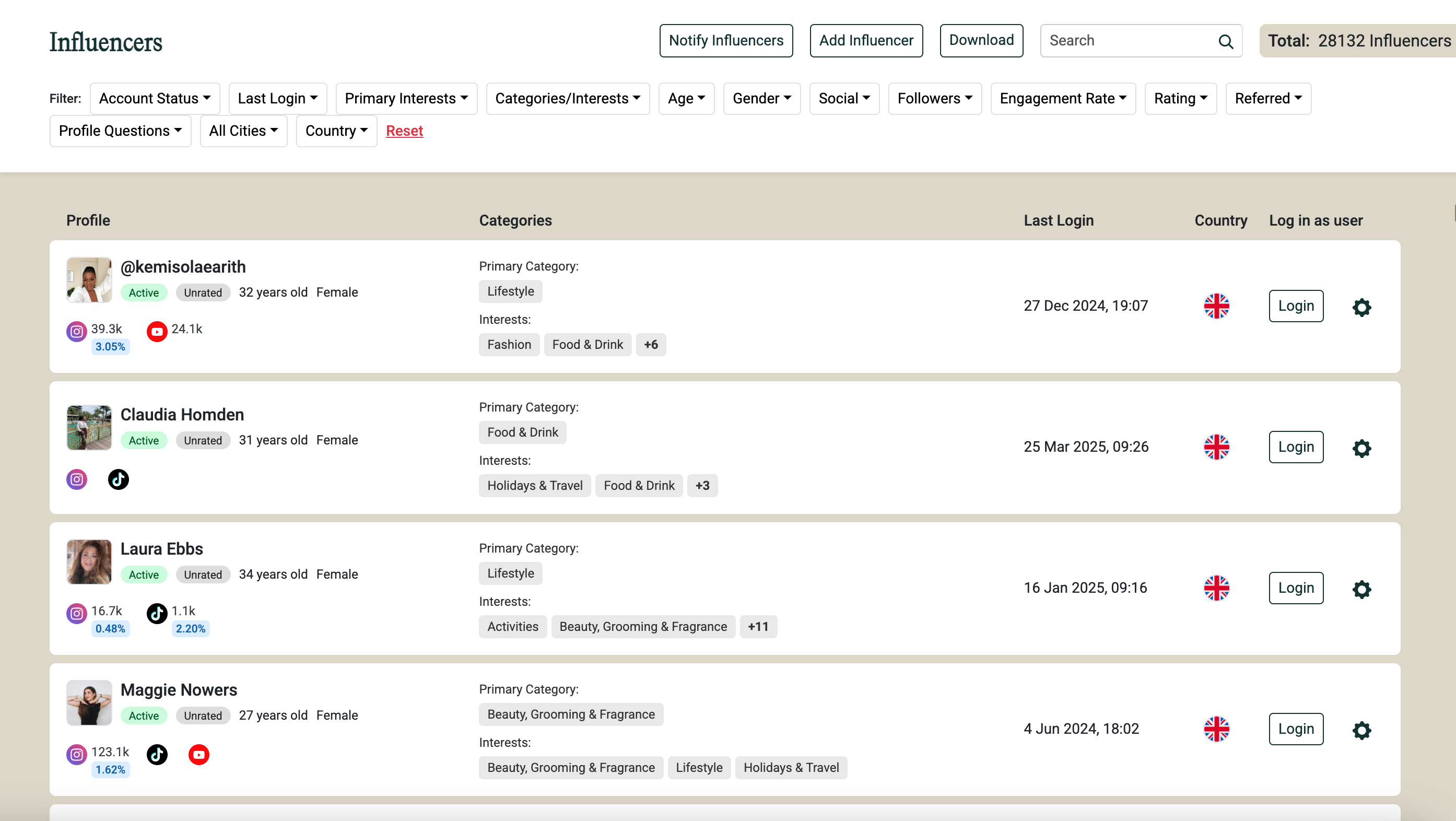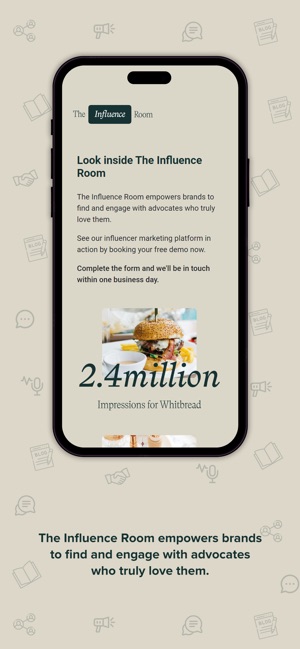How Brands Can Use Social Proof in Marketing
Why Social Proof is the Secret Weapon for Every Brand
The online population causes people to believe in actual users as much as they trust businesses.
Social proof is a crucial marketing component due to its function as the psychological bias by which people make choices based on what other people do (herd mentality).
Social proof in marketing provides brands with credibility in the form of user-generated content and word-of-mouth that boosts conversion rates in the market.
The new online marketplace needs social proof to succeed today. This change turns random doubt into confident customers who stop surfing and become dedicated loyal buyers.
But how do you strategically leverage social proof in marketing to maximise impact?
In this article, we’ll explore:
- The psychology behind social proof in marketing and why it works.
- The different types of social proof examples (and which ones drive the most conversions).
- Actionable strategies to seamlessly integrate social proof theory into your marketing.
Let’s dive in.
What is Social Proof in Marketing?
Essentially, social proof in marketing is that humans watch what other people do in order to guide their decisions - especially where they are unsure.
Psychologist Robert Cialdini, author of Effect: The Psychology of Persuasion, discusses social proof theory and social proof psychology and the reason why we believe in a restaurant that has a massive queue or buy a product that has thousands of positive reviews.
Examples of social proof in marketing can be a powerful tool to create credibility and drive consumer behaviour.
From powerful testimonials to user-borne content, brands use social proof to establish trust, remove friction at purchase, and induce conversions.
The Psychology Behind Social Proof

Why is social proof psychology so powerful? That is because it appeals to deeply ingrained human behaviours, such as:
- FOMO (Fear of Missing Out): Seeing others engage with a brand triggers a psychological urge to join in before missing out on something valuable or an experience.
- Herd Mentality: People follow the crowd, assuming that if a group of others is making a decision, it should be correct.
- Trust & Credibility: Consumers naturally doubt marketing messages, but they rely on the recommendations of peers, affected and real customers.
In the digital world of today, where attention spans are short and competition is fierce, leveraging social proof in consumer psychology can provide the difference between a potential customer clicking away or joining.
Why Social Proof Matters for Brands
In an era where clients are bombarded with advertising messages, trust is the ultimate currency - and social proof is one of the fastest ways to gain it.
When prospects know that others trust and recommend your brand, it creates a ripple effect that:
1. Builds Credibility and Trust
Humans trust humans, not corporations.
Whether it's customer reviews, influencer endorsements, or user-generated content, seeing real people endorse a product reduces uncertainty and enhances confidence in a purchase decision.
2. Enhances Brand Reputation and Authority
A strong brand isn’t just about awareness—it’s about authority.
When industry experts and impressive and happy customers constantly advocate your brand, it presents you as a leader in your location and as a force for future authentic brand partnerships.
3. Boosts Conversions and Sales
Social proof is not perception - it converts into bottom-line sales.
Why? When consumers see evidence that another product is being loved, they're more inclined to take action and join in.
The correct strategy can transform passive browsers into active customers and activate customers among faithful defenders.
How to Successfully Use Social Proof as a Brand
Including social proof in marketing in an effective manner requires more than aggregating admissibility or featuring customer endorsements.
It is about using actual, relevant and strategic social proof examples that connect with your target audiences.
These are a few methods that brands can effectively leverage social proof to create trust and conversion:
1. Leverage Customer Reviews and Testimonials
Customer reviews represent a robust form of social proof because they are word-of-mouth endorsements that come from your customers and reflect their genuine experiences. To unlock the greatest potential of this type of social evidence:
- Showcase Positive Reviews: Highlight your website, product pages and shining reviews on social media to create reliability.
- Respond to Negative Reviews: Always reply to negative comments with a positive, well-thought-out and creative response, showing that your brand has given importance to the customer's comment and is keen to improve it.
- Use Real Customer Names and Photos: Using real customer names, photos, and even videos on the fan makes them more credible.
2. Collaborate with Influencers and Leaders
Collaboration with the concerned or compassionate leaders in your industry can turn out to be a game-saver for your social proof procedure.
The sole catch here is to find out the influencers that represent your brand beliefs and attract your target users. While making use of influencers:
- Choose the Right Influencers: Choose influencers whose followers resemble your target buyers and who truly relate to your product or service.
- Encourage Authentic Content: Allow influencers to create authentic material that shows your product in a way that makes their audience feel naturally connected to it.
- Track and Showcase Results: If an influencer’s endorsement drives traffic or conversions, use this data to showcase the effectiveness of your partnership in future campaigns.
3. Highlight User-Generated Content

User-generated content (UGC) is one of the most authentic and relatable forms of social proof, make sure you are making the most of collaborating with micro-influencers.
Encourage your customers to share images, videos, or reviews of how they've been with your brand. It helps make your product human and promotes a feeling of belongingness. This is the way to benefit from UGC:
- Create a Branded Hashtag: Encourage customers to use a unique hashtag when posting about your brand so that you can easily collaborate and display their content.
- Feature UGC on Your Website and Social Channels: Showcase UGC across your digital platforms to make your customers feel valued and inspire others to follow suit.
- Run Contests and Campaigns: Engage consumers with UGC campaigns or competitions, offering encouragement for them to share material relevant to your brand.
4. Use Case Studies and Success Stories

Case studies and success stories allow you to present your product or service in action, demonstrating the results in the real world.
This form of social proof in B2B settings is particularly powerful, but it can be equally effective in B2C marketing.
To make the most of case studies:
- Focus on Specific Results: Demonstrate how your product or service solved a problem or produced an actual benefit for the customer.
- Incorporate Data and Metrics: Define the extent of success as an average effect, such as an increase in sales, reduction in time consumed, or an enhancement in the satisfaction of the customer.
- Make It Relatable: Keep your case studies connected with your potential clients by including customers or circumstances they can associate with.
5. Show Social Media Engagement
A brand's fans or the likes can be an understated source of social proof. If you have a solid social following, let it do the job for you:
- Showcasing Engagement Metrics: If you have reached landmarks - such as reaching a milestone number of fans, having engagement, or being awarded - showcase them on your site or your marketing campaigns.
- Share Positive Social Mentions: Track and share your brand on social media, particularly when the affected, industry experts, or happy customers are praising you.
- Encourage Social Sharing: Include easily used social sharing buttons on your website and encourage users to share their content.
6. Use Trust Seals and Certifications
Trust seals, certification, and industry awards can grant significant rights to your brand and ensure customers that they are safer while making a purchase.
To use trust seals effectively:
- Display Prominently: Place associated trust seals or certifications next to product descriptions, checkout pages, or wherever customers may hesitate regarding security or quality.
- Use Verified Platforms: Trust seals from renowned platforms like Google, Amazon, or third-party certification agencies show customers that your brand is trustworthy.
7. Create a Sense of Urgency with Social Proof
FOMO (Fear of Missing Out) can be a powerful motivator when combined with social proof in marketing. To implement this strategy:
- Display Real-Time Activity: Demonstrate how many users are viewing a product right now or how many products have been sold in the last few days in order to create a sense of urgency.
- Leverage Limited-Time Offers: Emphasise how well-liked the product or proposal is and offer limited-time availability to press customers to act quickly.
By implementing these social proof strategies in your marketing campaign in a strategic manner, your brand can establish trust, deepen customer relationships, and increase conversions.
The key is to make your social evidence sound real and relevant and align with your brand's goals and values.
With the proper approach, social proof in marketing can be the make-or-break element of your marketing campaign.
Common Mistakes to Avoid
While social proof in marketing can be a potent tool for building trust, it must be strategically applied.
Most brands, however, make general mistakes that not only bring down the power of social proof but also could backfire and damage their image.
One of the greatest pitfalls is using dishonest or exaggerated social proof.
Forged testimonials, inflated follower counts, or misrepresentative endorsements. These instil mistrust and potential lawsuits.
The second mistake is ignoring bad reviews or failing to respond to customer grievances. In the marketplace of today's consumer-oriented society, your response to criticism might be as important as your response to praise.
Finally, loading your marketing with social proof that is not pertinent to your group will water it down and make your message insignificant and phoney.
FAQs
What is the meaning of Social Proof?
Social proof is when people look at what others are doing to help them decide what to do, especially when they’re unsure. It’s basically the idea that if a lot of people are doing something, it must be the right thing to do.
What is social proof in influencer marketing?
In influencer marketing, social proof is when influencers and their followers make a product or service look legit. When people see influencers using and recommending something, they’re more likely to trust it and want to buy it too.
Why is social proof important in marketing?
Social proof in marketing is a big deal because it makes people feel like they’re making a safe choice. If they see others loving a product, they’re more likely to trust it and buy it too - it’s the whole "everyone else is doing it, so it must be good" effect.
What is social proof in consumer behaviour?
In consumer behaviour, social proof is when people follow the crowd. If they see a bunch of others buying or recommending something, they take it as a sign that it’s a good choice and go along with it.
What is social proof theory in digital marketing?
Social proof theory in digital marketing is all about using the fact that people trust what others are doing. Things like reviews, testimonials, and influencer endorsements help build trust and make people more likely to buy.
How do you build social proof?
To build social proof, you want to show off positive feedback—things like customer reviews, testimonials, case studies, and awards. The more you can show that others love what you’re offering, the more trust and credibility you build.
Looking Forwards
Social proof in marketing is a crucial element in shaping consumer decisions and building a sustainable brand with trust as a key element. When used correctly, it can help increase your reliability, increase customer's busyness and run conversions.
Now is the time for your brand to start integrating the social proof theory with consideration and strategy into its marketing efforts.
Whether it's using authentic reviews, collaborating with influencers, or showcasing real customer experiences, the key is that your social proof resonates with your audience and your brand values.
Ready to take your social proof strategy to the next level and elevate your brand?
Discover how The Influence Room can help your brand build real trust and boost conversions. Book a demo with us now!


